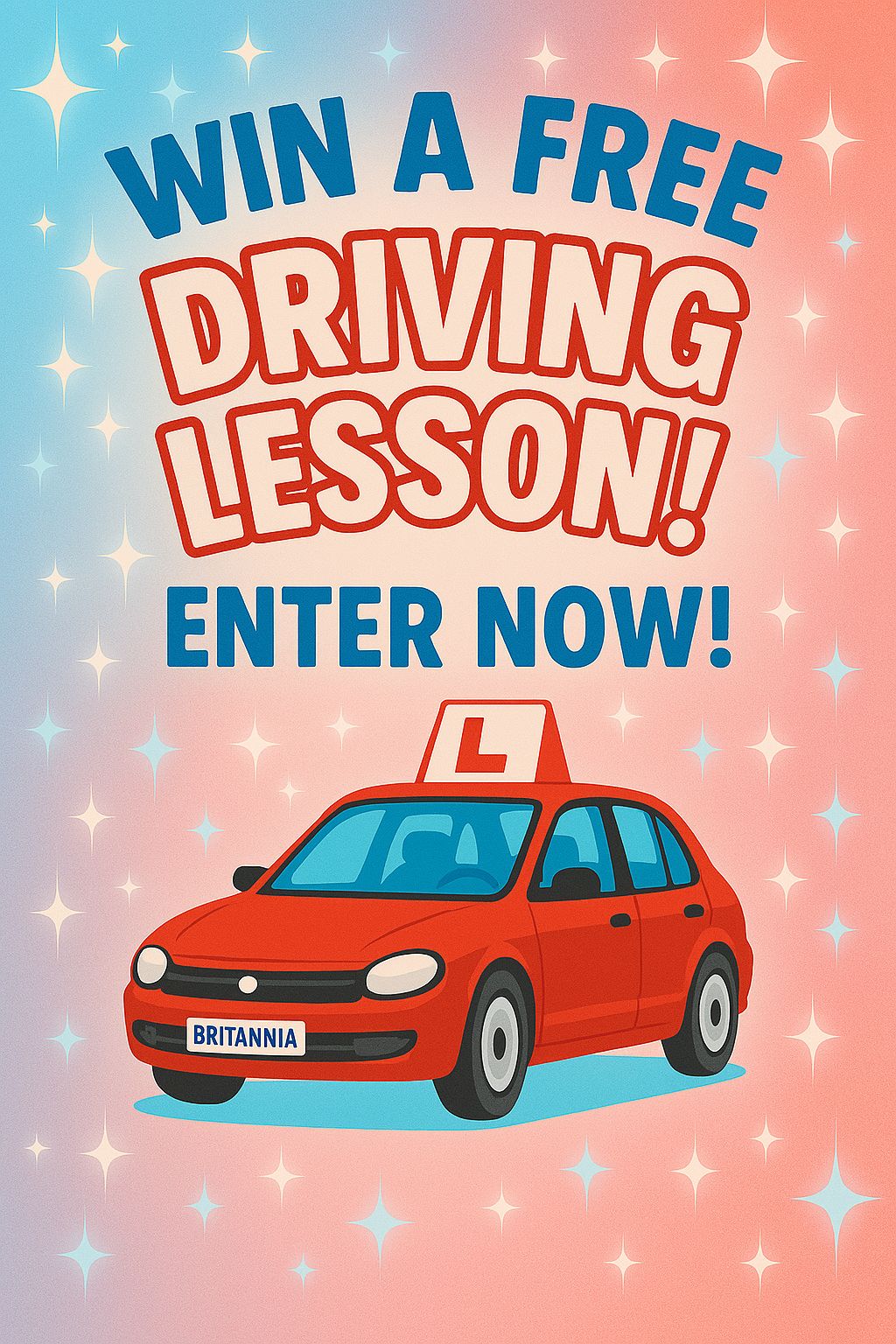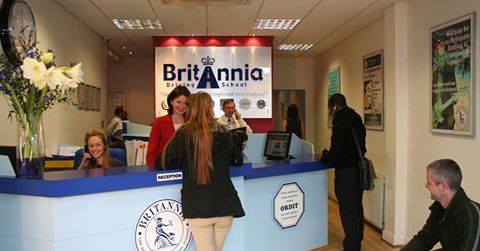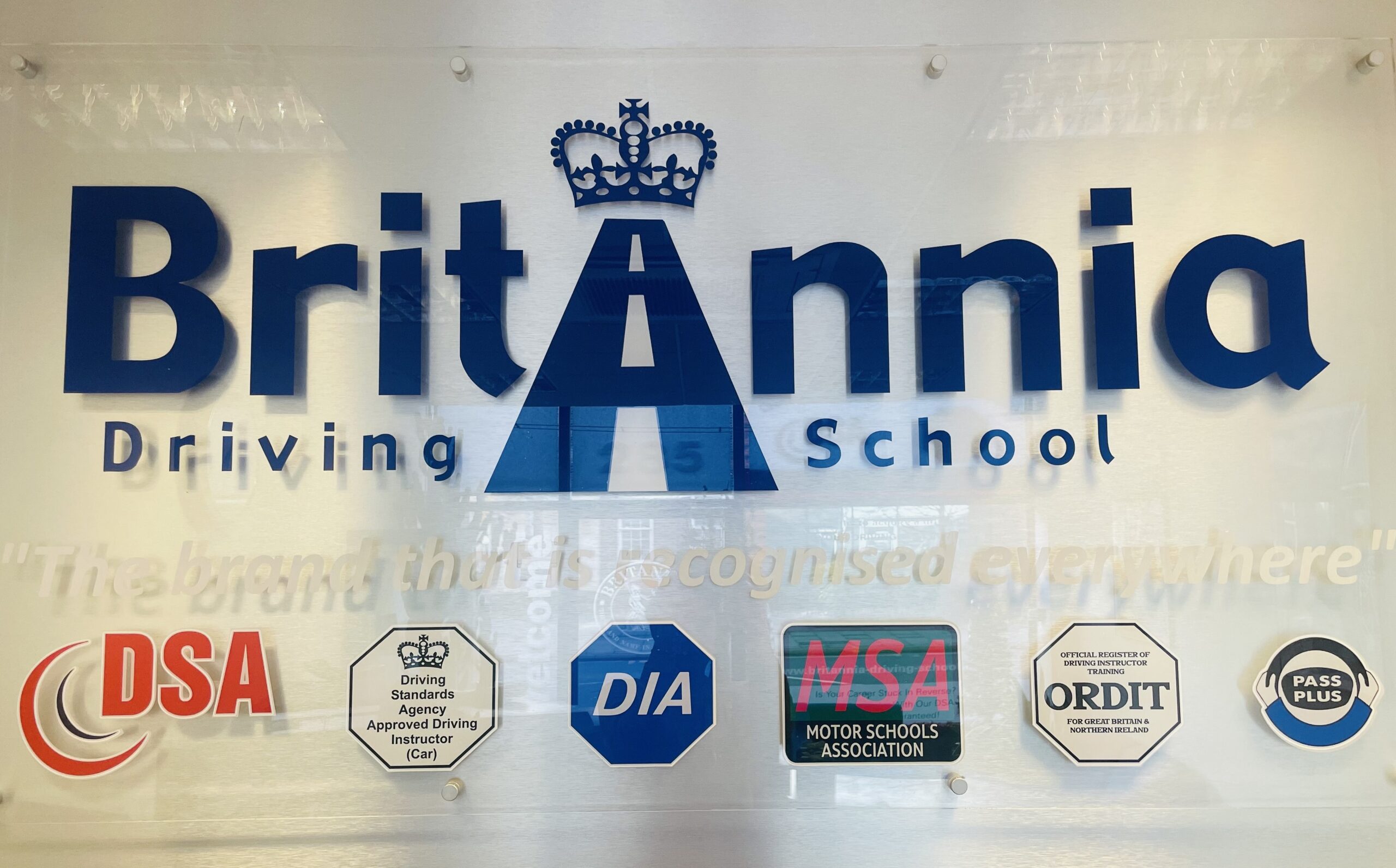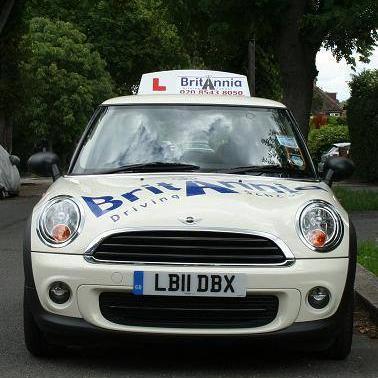How Many Lessons Does It Take to Pass a Driving Test?
(Spoiler: Fewer Than You Think – If You Pick the Right School!)
Let’s face it-when you first sit in the driver’s seat and look at all those pedals, buttons, and mirrors, it’s easy to wonder if you need a PhD to figure it all out . But don’t worry! At Britannia Driving School, we’ve helped thousands of complete beginners go from “What’s a clutch?” to “I passed!” -often faster than they expected.
So, How Many Lessons Do You Actually Need?
According to the DVSA (Driver and Vehicle Standards Agency), most learners need around 45 hours of professional lessons, along with 22 hours of private practice to be test-ready. But hold on a second-that doesn’t mean you must take exactly 45. Some people pass with fewer, and some need a few more. It really depends on your confidence, coordination, and how often you practise.
The good news? With the right instruction (hint hint-that’s us ), you can learn efficiently and avoid wasting time or money .
Weekly Lessons: The Steady & Sensible Route
If you’re juggling school, work, or binge-watching a new series , weekly lessons are probably your best bet. You can take 2-4 lessons per week, giving you time to absorb what you’ve learned and reflect (ideally not while daydreaming at a red light ).
We’ll match you with a patient, friendly instructor who will get to know your strengths and help you tackle your trickier bits-like reversing around a corner without taking out someone’s recycling bins ♻️.
Weekly lessons are great because they’re consistent, flexible, and easy to schedule around your life. Plus, spreading lessons out means you build solid experience over time-just like a slow-cooked stew , you’ll be richer for it in the end!
⚡ Intensive Lessons: For the Fast and the Focused
Need to learn fast? Maybe you’ve got a new job starting , or your mum refuses to be your chauffeur any longer . In that case, our intensive driving courses are the answer.
These fast-track lessons pack the learning into just a few days or weeks-typically 5 to 10 days, depending on your level. You’ll be in the car several hours a day, and by the end, you’ll be road-ready and raring to go .
We structure intensive lessons to keep things engaging (no one wants driving déjà vu after three hours on the same roundabout ), and we offer packages with or without the driving test booked at the end.
Competitive Prices Without Cutting Corners
We know learning to drive can be expensive . That’s why we’ve worked hard to keep our prices affordable, with discounted block bookings, special offers for students, and no surprise fees.
Whether you go weekly or intensive, you’ll always get high-quality instruction at rates that won’t make your wallet swerve off the road . And since our instructors are focused on helping you pass as efficiently as possible, you’ll never be kept in lessons longer than necessary.
Let’s Get You on the Road!
So whether you’re a slow-and-steady type or want to get your licence faster than your favourite takeaway arrives , Britannia Driving School is here to help. With expert instructors, flexible lesson types, and prices that make sense-we’ve got you covered from your first stall to your first solo drive .
Book today, and let’s get those L-plates off sooner than you think! ️✅
Comments(0) Buy Gifts Vouchers Here
Buy Gifts Vouchers Here Intensive Driving Courses
Intensive Driving Courses Driving Test Booking Services
Driving Test Booking Services









